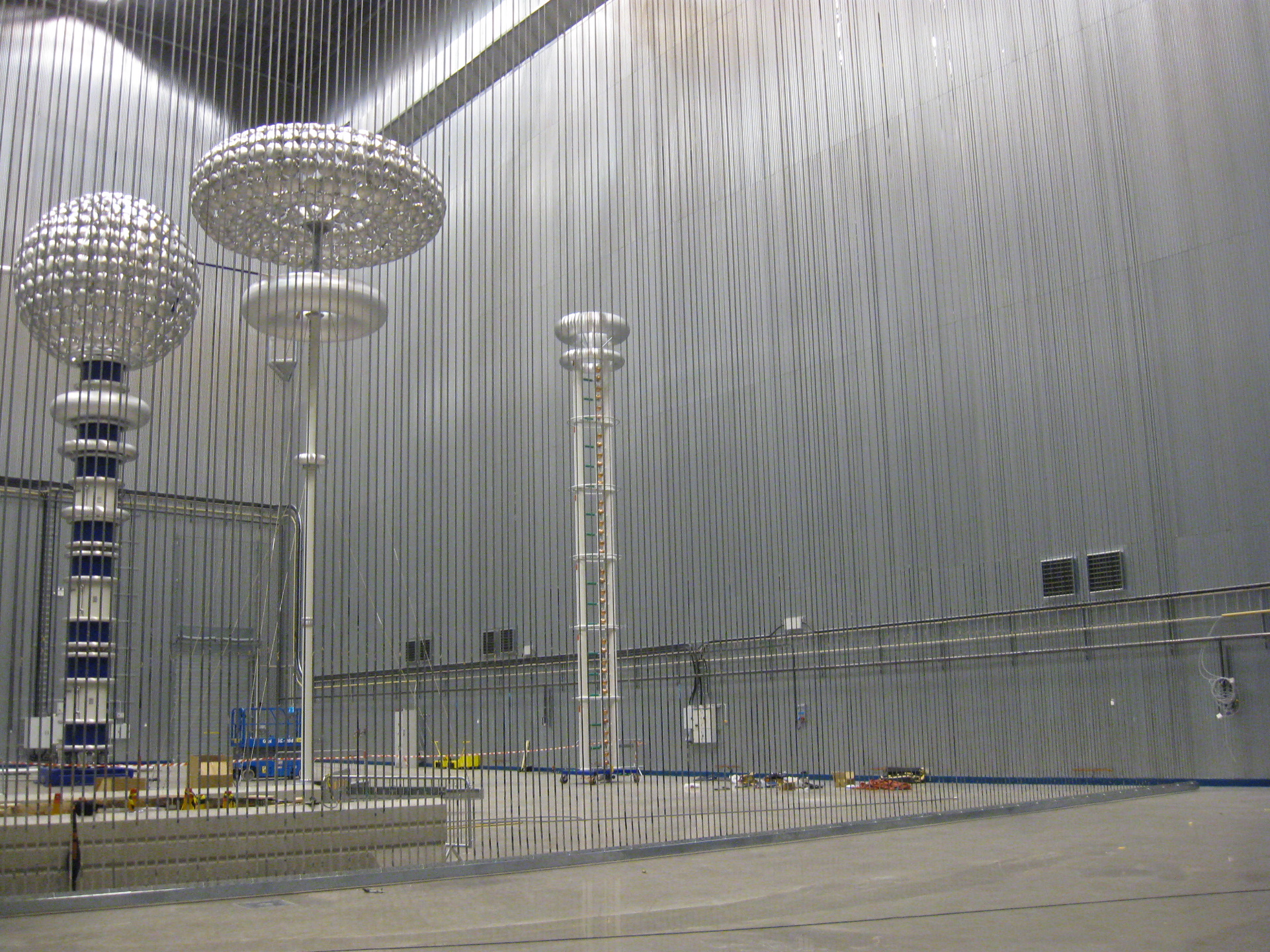Faraday Cages in Films: Fact vs. Fiction

In tech-savvy world, the necessity of protecting our electronic devices from EMI is crucial. Faraday enclosures, named after the renowned scientist Michael, have shown to be efficient shields against EM fields. From movies that depict intense scenes involving EMP blasts to everyday issues about data security, these structures hold a prominent place in both fiction and real life. As we investigate the fascinating intersection of these shields and mainstream media, it is vital to separate fact from myths and obtain a deeper understanding of how these devices really work.
Learning the key attributes to look for in a Faraday cage is crucial for anyone considering an expenditure in this field. Whether you are a survivalist seeking to safeguard your devices from possible dangers, a tech enthusiast exploring the best components for optimal shielding, or just interested about the truths of EMP protection, this article will provide you with valuable knowledge. We will examine various elements such as proportional factors, the variances between temporary and permanent enclosures, and how to assess a Faraday cage to ensure it meets your needs. Join us as we discover the facts behind these structures and their role in protecting our online presence.
Grasping Faraday Cages: Principles and Characteristics
Faraday cages function on the concept of electric shielding, a idea rooted in the action of electromagnetic fields and charges. When an outside electric field encounters a metallic material, it induces charges throughout that conductor, resulting in the redistribution of these charges. great post to read creates an counteracting electric field that neutralizes the original field contained by the enclosure, thereby safeguarding the interior components or devices. This core concept is essential for securing that delicate electronics are guarded from external electromagnetic interference.
Key traits of an effective Faraday cage include the type of material used, the thickness of that material, and the structure of the cage itself. Materials like copper, aluminum, and steel are frequently utilized due to their superior conductivity and ability to prevent electromagnetic radiation. Additionally, the cage must be unbroken without significant gaps, as any openings can compromise its shielding efficacy. Understanding these features helps ensure that the Faraday cage you pick meets your protection specifications.
Dimension and design also play pivotal roles in the efficiency of a Faraday cage. An oversized cage may not provide the required shielding if not configured correctly, while an undersized one may not fit all devices properly. When deciding on a Faraday cage, it is important to consider not only the dimensions but also whether a transportable or fixed design is more appropriate for your needs. Reviewing these principles will allow users to make informed decisions when buying a Faraday cage for various uses.
Determining the Right Faraday Cage: Alternatives and Considerations
When selecting a Faraday cage, the primary consideration should be the purpose it will serve. Different use cases require specific features. For example, if the goal is to protect electronics from electromagnetic pulses, a solid Faraday cage may be better effective. In comparison, if portability is essential, a lightweight cage could be the preferable choice. Understanding how these setups function will determine whether you focus on shielding effectiveness over alternative factors like size or material.

The material used in building a Faraday cage significantly impacts its performance. Metals like copper and aluminum are known for their outstanding conductivity, and either can provide robust protection against outside electromagnetic fields. Steel cages offer robustness and durability but may not perform as well in terms of signal shielding. Assessing these materials against your particular needs will assist to ensure that you invest in a cage that can meet your security requirements.
Size also plays a vital role in the selection process. https://davenport-langston.hubstack.net/an-closer-look-regarding-faraday-cages-for-outer-space-investigations may be appropriate for personal electronics, while bigger options could be required for protecting appliances or numerous devices. It’s essential to factor in how much space you have available for holding as well. Additionally, considering whether you need a permanent installation or a temporary solution will shape your choice. Consider these options deliberately to find a Faraday cage that fits your lifestyle and preparedness plans.
Practical Uses and Future of Cages Technology
Faraday cages are commonly used in different industries, showing their capability in shielding vulnerable equipment from electromagnetic disruptions. In the medical field, Faraday cages protect MRI machines and additional diagnostic equipment from external signals that could affect imaging results. Similarly, in the telecommunications sector, these cages safeguard vital infrastructure, ensuring that signal interferences do not affect network reliability. By providing robust protection, Faraday cages assist maintain the integrity of vital systems that are necessary for everyday operations.
As we look to the upcoming trends, advancements in materials and design are probable to enhance the functionality of Faraday cages even further. Researchers are exploring new composite materials that could minimize the weight and cost of these cages while maintaining their shielding effectiveness. Innovations such as flexible Faraday materials could lead to novel applications in portable technology and mobile devices. This potential for growth means that Faraday cages will not only find better roles in traditional settings but may also adapt to the rising demand for personal electronic device protection.
As technology develops, the need for improved electromagnetic shielding will become increasingly critical. The rise of smart cities, the Internet of Things, and autonomous vehicles presents new challenges for signal interference. Future Faraday cage technology may focus on creating more efficient and efficient designs that blend seamlessly into modern infrastructures. As society continues to deal with the consequences of electromagnetic exposure, the role of Faraday cages will likely expand, making them an indispensable component of both personal and business security strategies.
